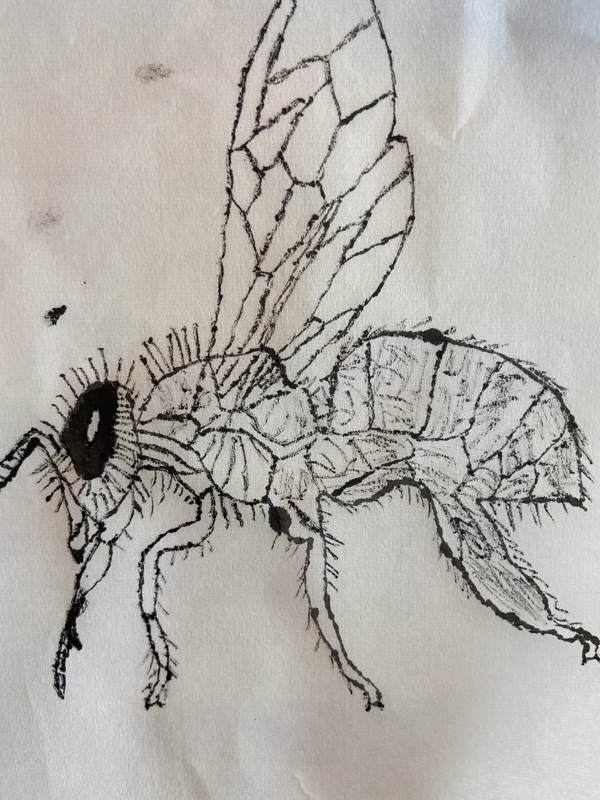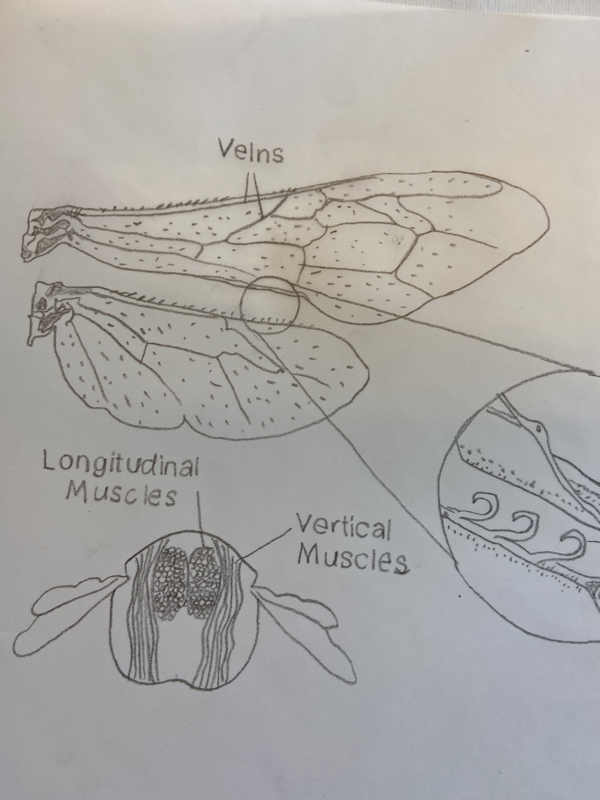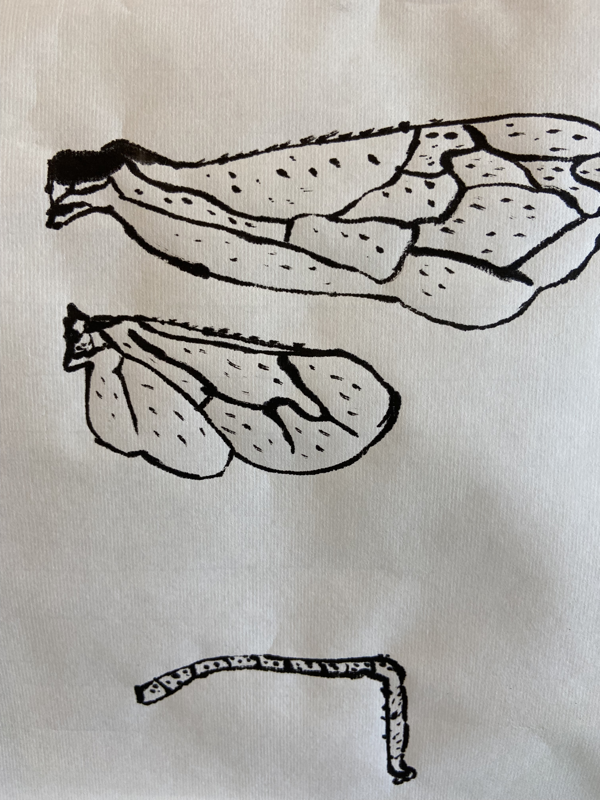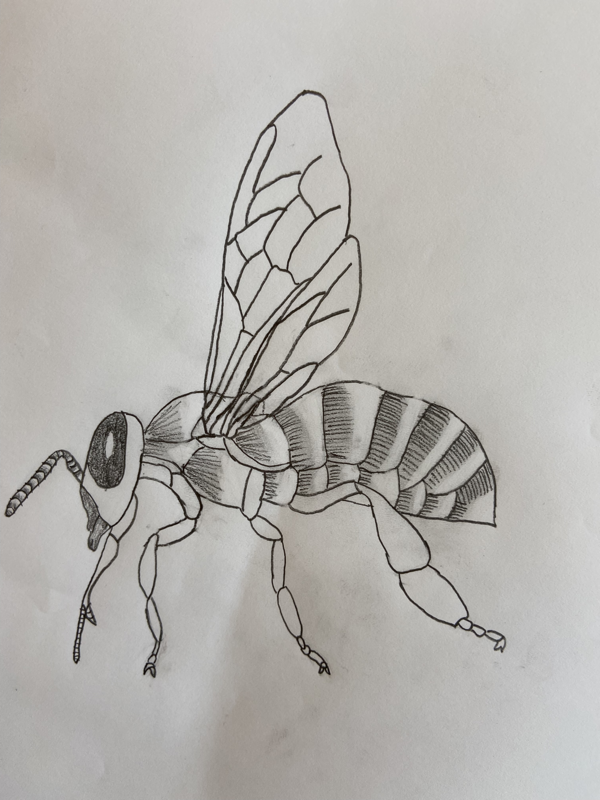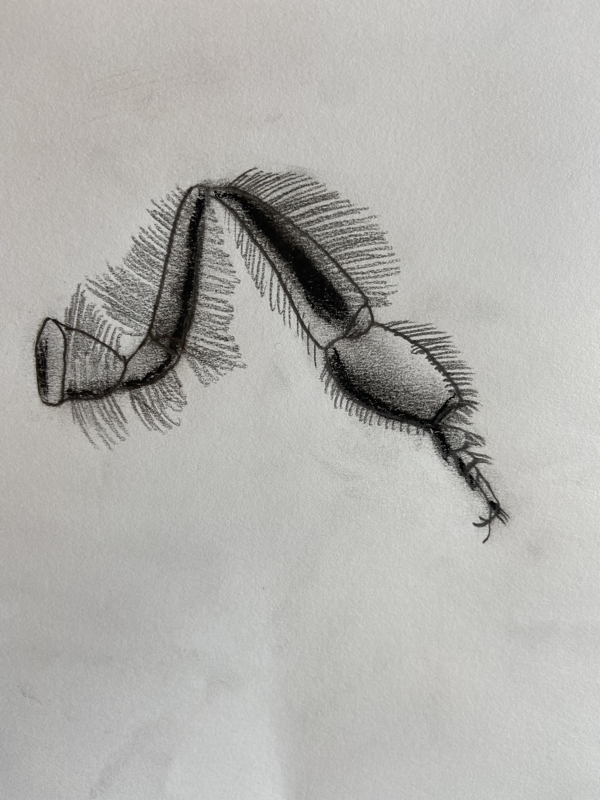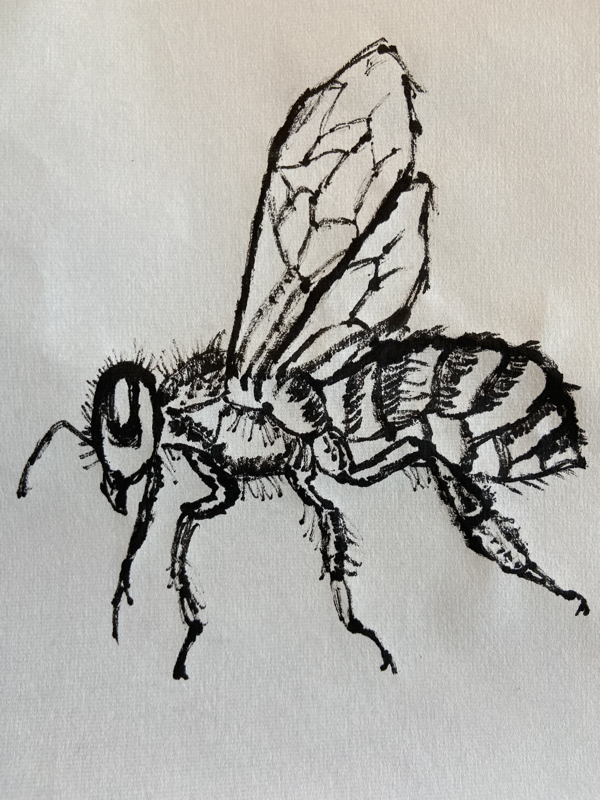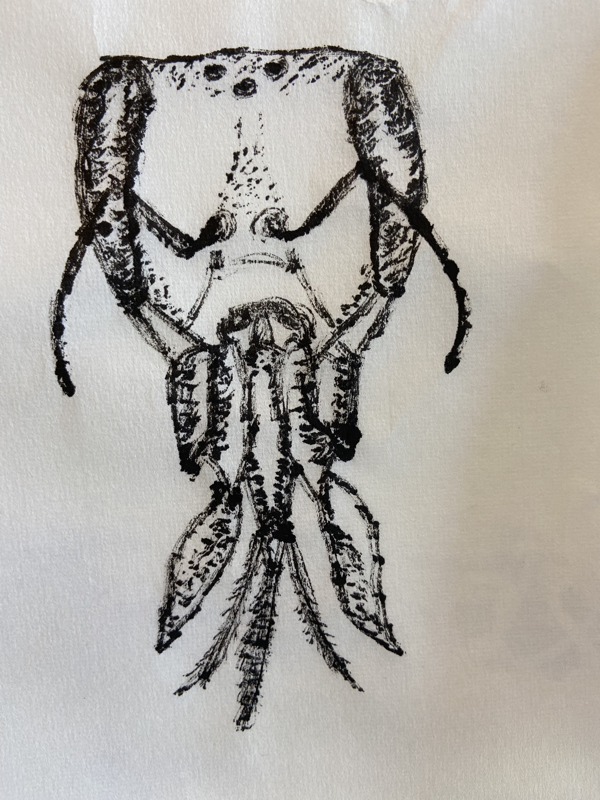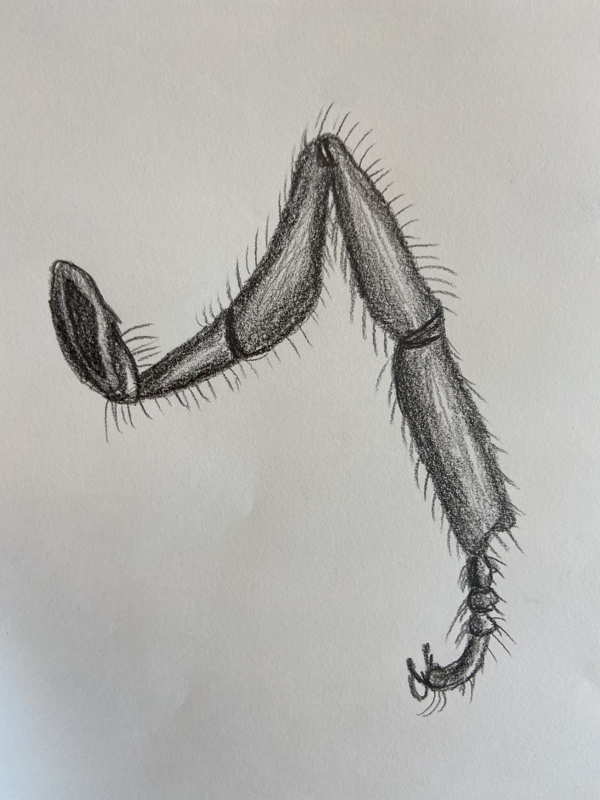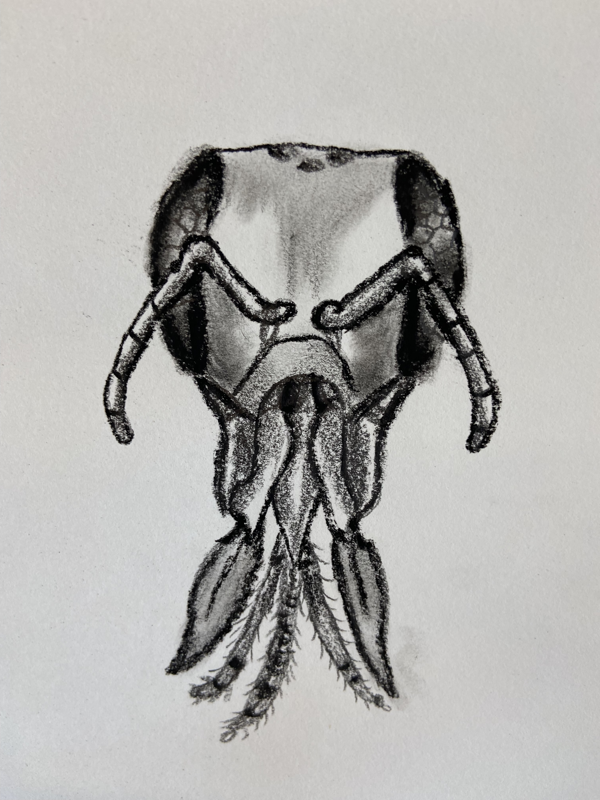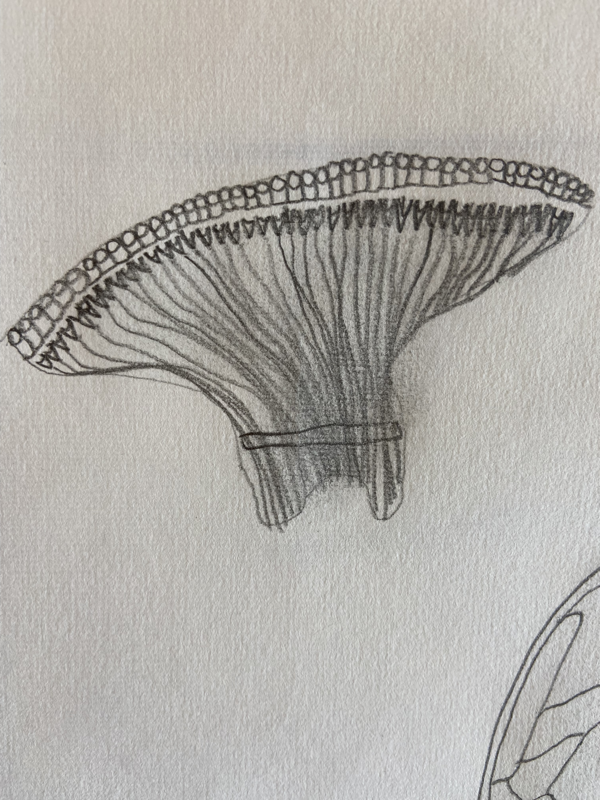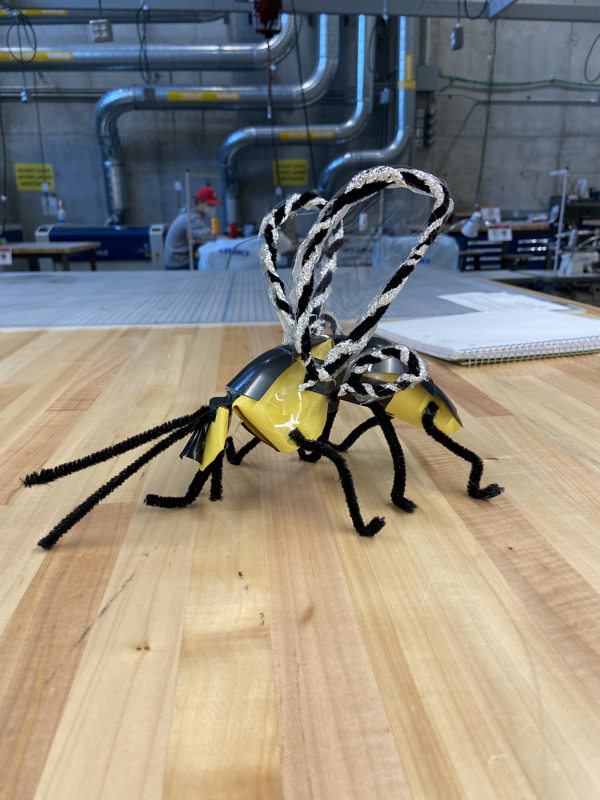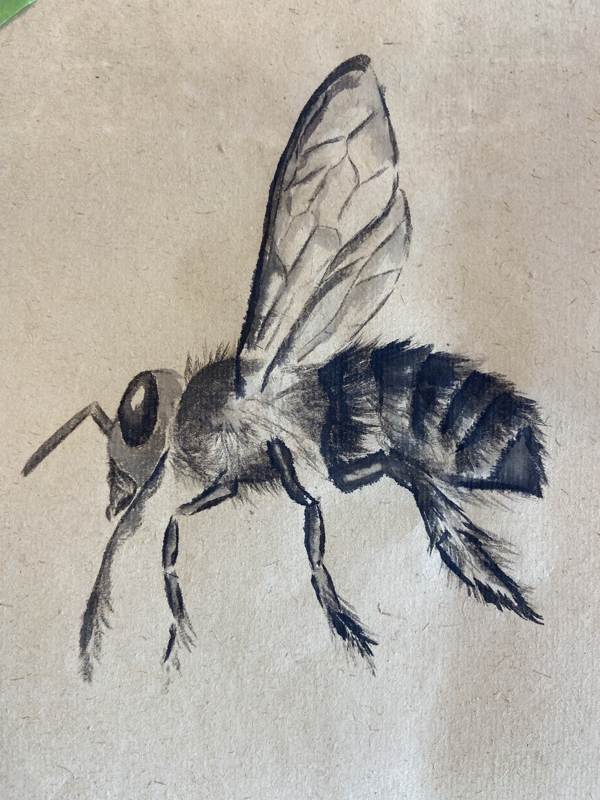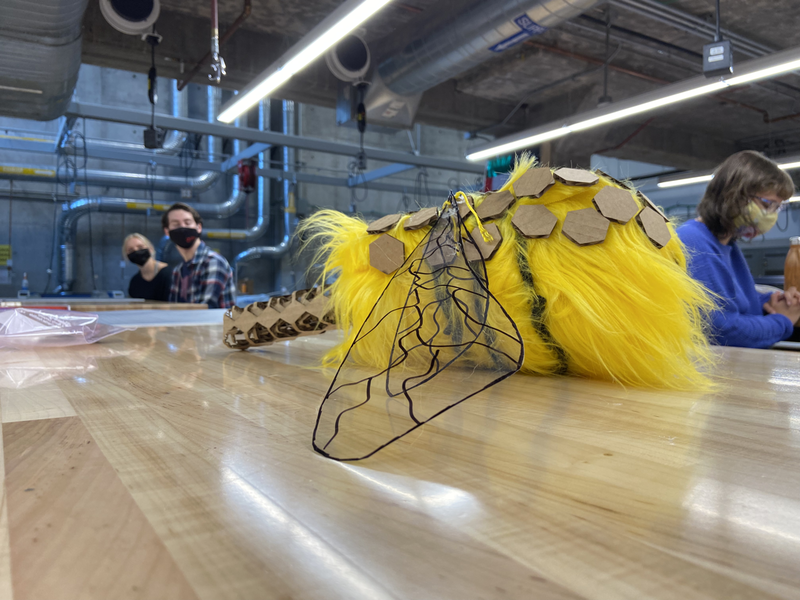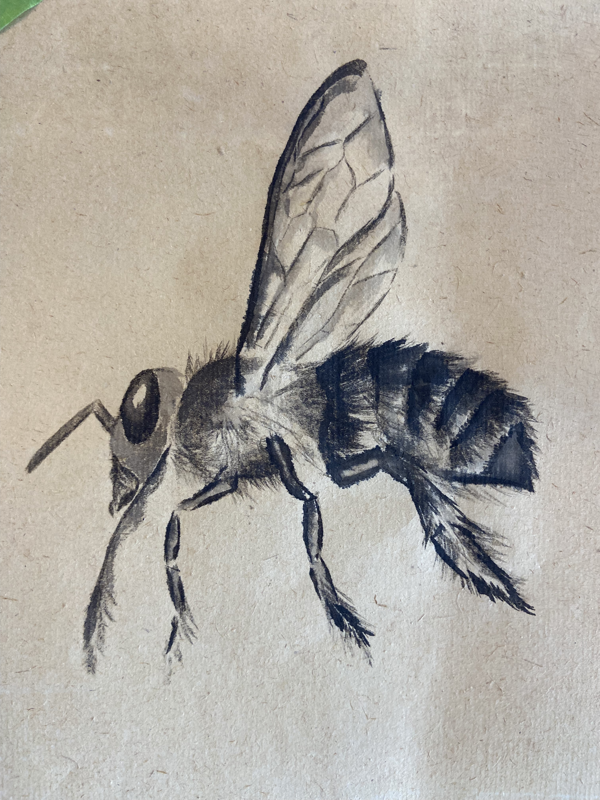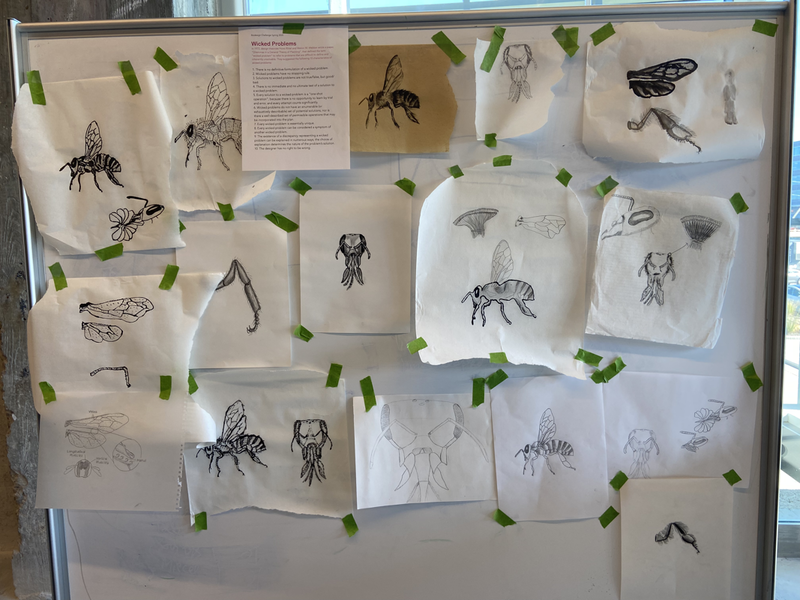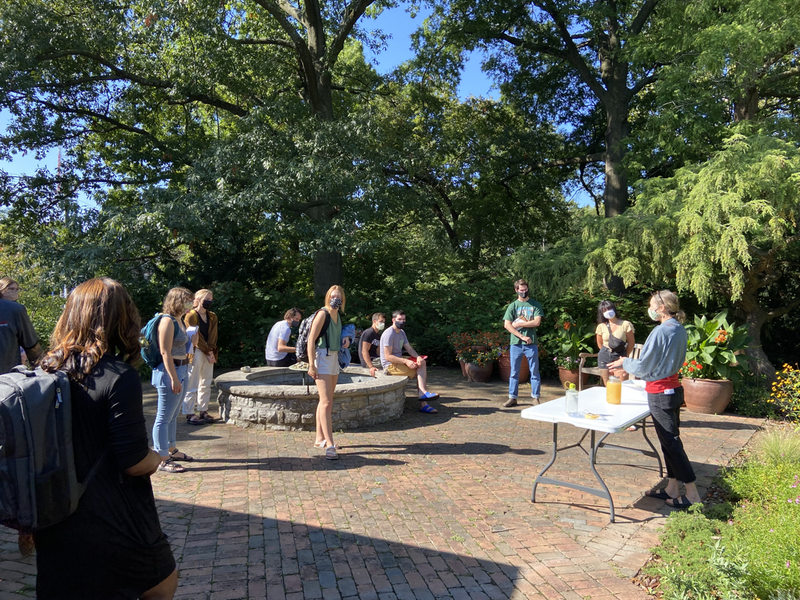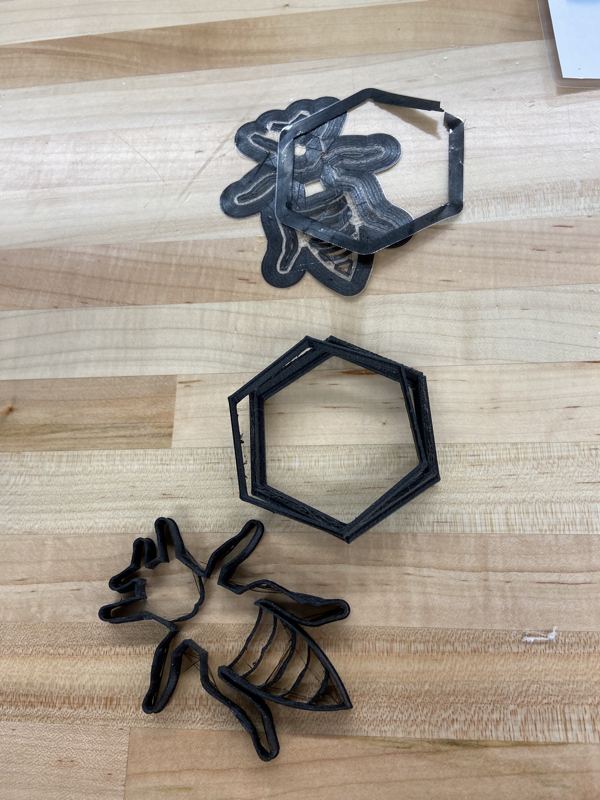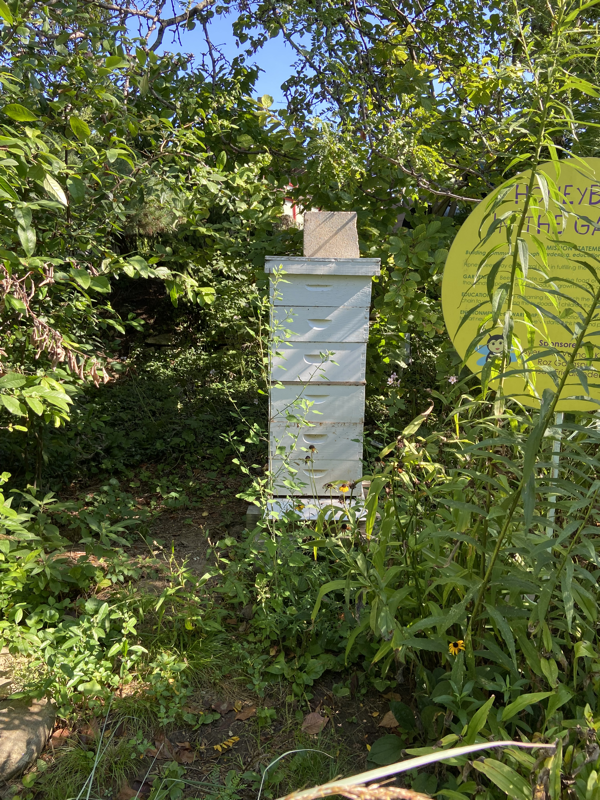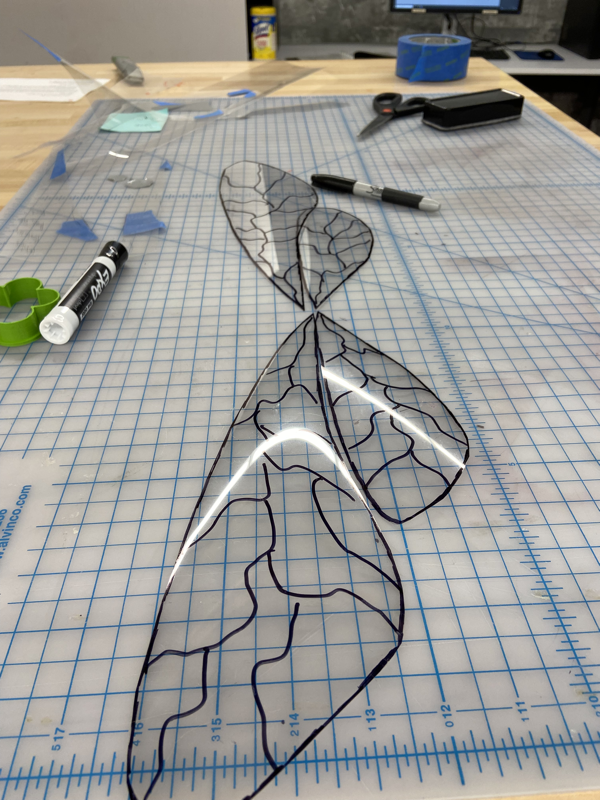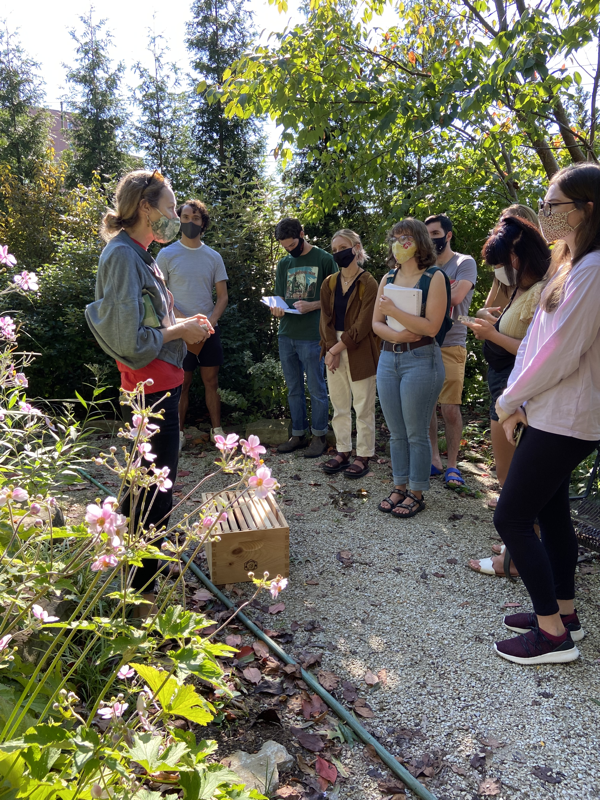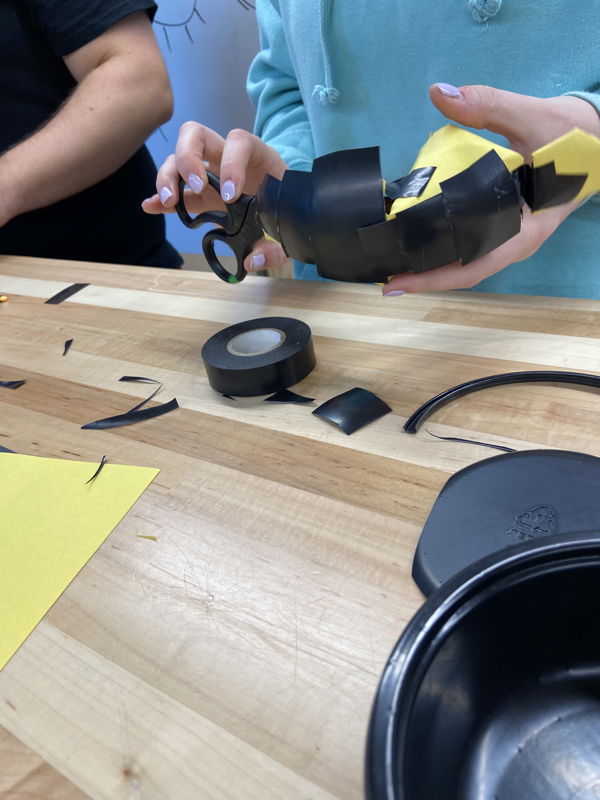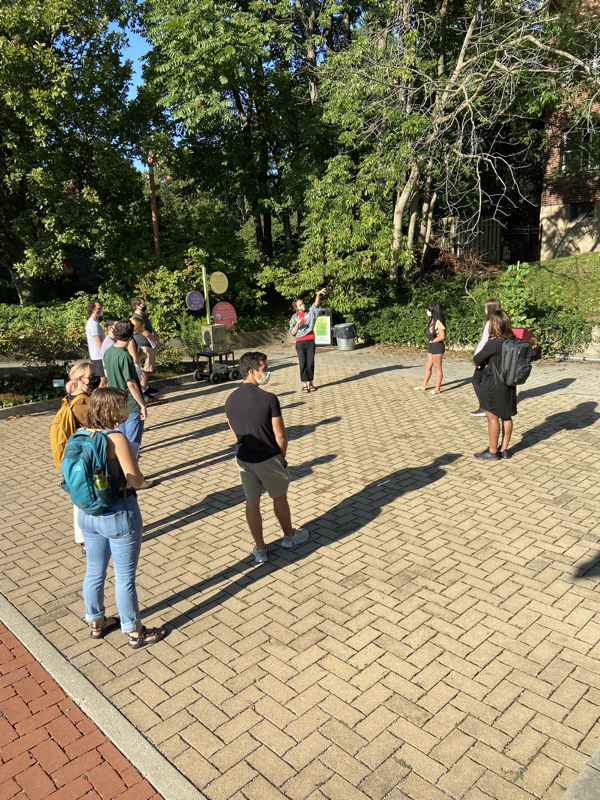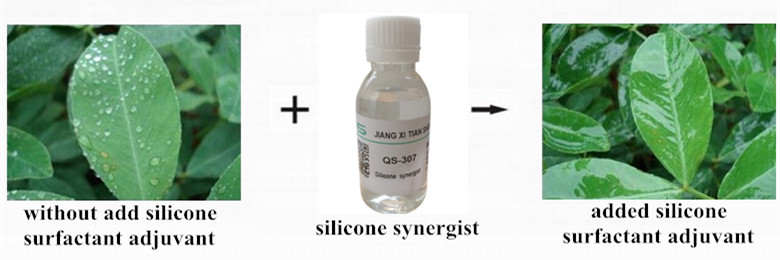 Written by: Karissa Schroeter An adjuvant is defined as a pharmacological agent that modifies the effect of other agents. Adjuvants are currently used in both the medical and agricultural fields (which are from a production/business standpoint closely intertwined). In agriculture, it is used to enhance a pesticide/ funcide/ insecticde / herbicide/ agricultural spray's effectiveness. Adjuvants can either be "in can", which means they are added into the pesticide before it is sold to the public or "tank mix", which means farmers purchase and add it to pesticides on their own. Examples of adjuvants include:
After having worked closely with BASF's agricultural business as an engineering co-op at the Cincinnati site having been lucky enough to be a part of organizing the ISAA, International Symposium for Agricultural Adjuvants, held on June 13-17th, 2016 in Monterrey, CA, something hit me. Adjuvants are essentially unregulated in the United States (and very lightly regulated everywhere else). WA & CA require preregistration of adjuvants before they are sold and the effectiveness of adjuvants is measured by ASTM Int & CPDA but that is it. Why are pesticides heavily regulated but adjuvants are not at all? Tank mix adjuvants can literally transform a mild, approved pesticide into a "super pesticide" and they are virtually unregulated and are not tested for their toxicity to the environment (let alone humans!). Farmers no longer simply use one pesticide or insecticide as they did in the past. Today, farmers use a complex chemical mix of products including adjuvants. A big study in 2012 came out that proved that organosilicone surfactants caused learning impairment in honeybees. When colony collapse disorder struck millions of bees in CA, research was done to figure out what happened to cause the mass deaths. It was discovered that an organosilicone surfactant (untested) was used on almond trees in CA along with a BASF fungicide (tested and confirmed non-toxic alone) and a Chemtura insecticide (tested and confirmed non-toxic alone). Scientists concluded that that specific mix of adjuvants, pesticides, and fungicides is what had poisoned, disoriented, and then killed the bees. The mixture proved to be an endocrine disruptor in bees. If both companies and farmers know that adjuvants are an integral part of the collective process, why are agricultural products tested individually? And why ignore adjuvant products when making regulations and requirements? Money. The current lack of regulations and requirements for adjuvant products makes life a whole lot easier for both the companies that produce adjuvants and the farmers that purchase them. There is a conflict of interest with adjuvants and the Principle Agent and Moral Hazard Problems comes into play. Currently, the push in adjuvant technology is entirely performance driven. There is no push for regulations or concern for the health of bees. If all agents involved with adjuvants continue to pursue their self interest without regards for the greater good, then the bees will continue to be harmed by these adjuvants and the wicked problem will continue to escalate. What is needed now is education of the public and the creation/enforcement of regulations for adjuvants. Sources: http://journals.plos.org/plosone/article?id=10.1371/journal.pone.0040848 http://www.marketsandmarkets.com/PressReleases/adjuvant.asp http://psep.cce.cornell.edu/facts-slides-self/facts/gen-peapp-adjuvants.aspx https://en.wikipedia.org/wiki/Agricultural_spray_adjuvant
1 Comment
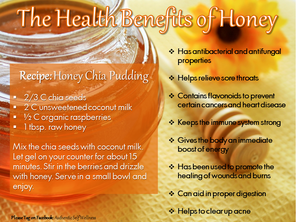 Conduct a Google search for the health benefits of honey and a sprawling list of organic food and health and fitness websites will appear. Hundreds of websites will claim seemingly minor or more radical benefits of honey. Conduct a similar search for royal jelly and the claims will become more outlandish. Several sources claim that honey and royal jelly will cure menopause and male infertility. Are these health benefits replicable and observable or anecdotal? Let’s examine three more often claimed benefits of honey: weight loss, improved athletic performance, and improved memory. First, in general, the National Honey Board states, “a tablespoon of raw honey contains 64 calories, is fat-free, cholesterol-free, and sodium-free,” and royal jelly contains “vitamin B5 and other B vitamins, biotin, inositol, folate, nucleic acids, gamma globulin and 17 different amino acids, including the eight essential amino acids that the human body cannot produce.” Honey contains nutrients such as protein, water, fiber, sugars and various vitamins and minerals. Fiber and other nutrients are essential to dissolve fats and cholesterol. While claiming honey contributes to weight loss may be an exaggeration, it is certainly a better sweet alternative than sugar or artificial sweeteners. Honey has also been shown to lower weight gain, adiposity, and triglycerides than sucrose in rats. Next, honey has been shown to boost athletic performance. Richard Kreider of the University of Memphis Exercise and Sport Nutrition Laboratory stated, "Most of the studies to date have shown supplementation with glucose to provide the extra staying power. We were pleased to find that honey, a 'cocktail' of various natural sugars, performed just as well." Honey, being a natural source of carbohydrates, is a great boost for exercise. Lastly, a study has claimed that women experienced a boost in memory after eating twenty grams of honey a day. However, some have criticized the study for the lack of a blind procedure. Stanford researcher Dr. Victor Henderson stated that perceived memory problems are often not real when examined objectively. If there is real concern, memory issues are most likely related to depression, sleep problems, or medication. Also, some voiced concerns over the amount of honey the participants were required to eat. Clearly, raw honey does have nutritional and health benefits. While it may not be a cure-all for all ailments, it can greatly help weight loss and athletic performance. Currently, one is not able to conclude that honey can cure memory loss or other more serious conditions. Sources: www.academia.edu/3228620/Improvement_in_immediate_memory_after_16_weeks_of_tualang_honey_Agro_Mas_supplement_in_healthy_postmenopausal_women www.honey.com/honey-at-home/honeys-natural-benefits/natures-energy-food www.medicaldaily.com/liquid-gold-7-health-benefits-honey-could-heal-your-whole-body-325932 www.ncbi.nlm.nih.gov/pubmed/21310307 www.reuters.com/article/us-honey-memory-idUSTRE79D5LH20111014 www.scientificamerican.com/article/honey-heightens-athletic/ Image: http://www.healthandbeauty23.com/health-benefits-of-honey/ According to the Honey Association, it's hard to tell how long honey has been collected by humans since the earliest records are from the beginnings of recorded history. Early cave paintings show ancient humans gathering honey. Over the years honey has been used for a variety of things in a variety of cultures. In ancient cultures, honey and bees was used as a symbol of royalty. Bees were the symbol of popes, Greek and Egyptian gods, and stamped on currency. Napoleon used bees on his flag carried into battle. Honey was also used a sweetener since ancient times. This use as a sweetener continued through Egypt and Greece cultures, and was continued to be used commonly in European cultures up until the Renaissance. During the Renaissance, sugar imported from other countries started to widely replace honey as a sweetener. A final use of honey throughout history is for medicinal purposes. Below is a short video describing honey and beeswax as a medicine in Egypt. Brother Adam, a monk at Buckfast Abbey, began beekeeping for the abbey when he was twelve when he was apprenticed under Brother Columband. In 1915, when Brother Adam was 16 they lost the majority of their beehives to a plague of acarine disease named after the parasitic tracheal mite which caused the wipeout of so many hives. The sixteen hives that lived were all either pure Italian or of Italian descent. The hives also did not show any trace of the disease that killed so many others. This observation inspired Brother Adam, who began to selectively breed his queens. The government asked the abbey to increase the number of hives they had in order to help replenish the bees that died to the plague throughout the country. Brother Adam took to studying the traits of pure strains of bees from foreign countries and importing them to an isolated valley where he could breed his bees in peace. It seems to have taken him about ten years per strain to achieve a stable cross of desired genes. The end result became the Buckfast bee which is a famous be around the world. Brother Adam’s success is one of the first and biggest modern selective bee breeding program. He used bee breeding stations to let select the queens and later be able to select the drones. He bred his bees and then left them for a time to allow them to be naturally selected for. He only used queens that came from successful hives in his breeding program. And as I mentioned it took ten years to get a trait to stick. He was patient with his bees and gave them time. Brother Adam knew how to learn from the bees and find the best balance that works for both bees and humans. The problem we face today is much more widespread than Brother Adam’s plague. I was unable to find specific information on whether colony collapse affects Buckfast bees. Regardless, I would like to suggest that a gentler, more patient approach to selectively breeding bees than artificial insemination may be more effective in the long run. Sources
http://www.pedigreeapis.org/elver/ori/origin-en.html http://www.buckfast.org.uk/bee-keeping_150.html http://ngm.nationalgeographic.com/2015/05/building-bees/mann-text https://www.explainxkcd.com/wiki/index.php/1259:_Bee_Orchid Most of us have the natural instinct of waving frantically at the air, twisting around and sprinting in the opposite direction when we see the black and yellow winged creatures we know as bees. This is mainly due to the fear of being stung by the bee; we remember being innocent children playing at the park until our skin is pierced by the sharp stinger of a bee, leading to yelling and crying and our skin becoming a site of redness, itching and pain. Bee venom, however, may serve a hidden purpose aside from inciting panic in everyone not working as a beekeeper. For more than 5,000 years, ancient civilizations have used bee venom as a therapeutic measure to fight against disease and injury. As time progressed, the world has grown and moved onto developing antibiotics and other precise drugs to fight diseases such as tuberculosis, pneumonia, and polio. Bee venom therapy has not been completely lost though; scientists have found a unique group of 13 bacteria that live in honeybee's stomachs which have had strong counteracting abilities toward powerful infectious bacteria including MRSA, Pseudomonas aeruginosa and VRE. These findings present a promising future for treatment of many diseases especially due to the antibiotic-resistant bacteria epidemic, however more tests are needed to further determine the clinical potential of honeybee belly bacteria. In addition to fighting bacterial causes of disease, bee venom has also been used in many countries as a way of counteracting the debilitating symptoms of Multiple Sclerosis and Rheumatoid Arthritis. Although many patients provide anecdotal evidence of their symptoms being ameliorated after trying bee venom as a treatment. However, larger and more precise studies are required to determine the efficacy of these treatments. So how can honeybee venom help those of us without these diseases? Gwyneth Paltrow, a notable Hollywood actress, has admitted to using bee venom therapy as a source of skin therapy, making her look 23 instead of 43. In the video below, Allure insider Shannon Ray tests this method herself by getting a bee venom facial!
Sources
Olofsson, T. C., Butler, È., Markowicz, P., Lindholm, C., Larsson, L. and Vásquez, A. (2014), Lactic acid bacterial symbionts in honeybees – an unknown key to honey's antimicrobial and therapeutic activities. Int Wound J. doi:10.1111/iwj.12345 http://www.huffingtonpost.com/entry/gwyneth-paltrow-apitherapy-bee-stings_us_5702b0dde4b083f5c6084d59 http://www.ncbi.nlm.nih.gov/pubmed/16541972 Written By Celeste BauerYou’ve all heard the expression “the queen bee” referring to someone who is in charge with implicit qualities of strength. But what makes a queen bee a queen? How are we changing the process? And is it for better or worse?
|
ened | arte 3040class blog Archives
November 2016
Categories |
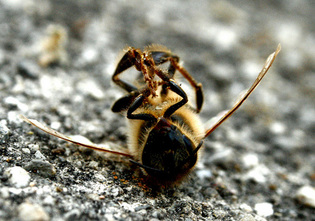
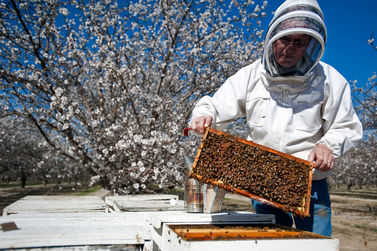
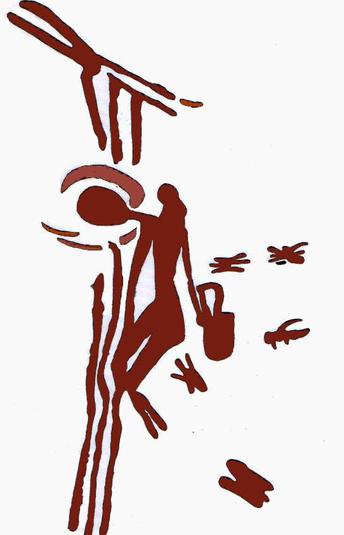
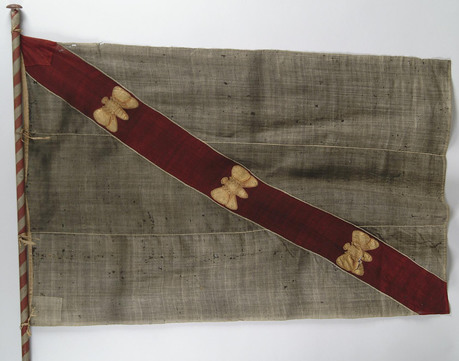
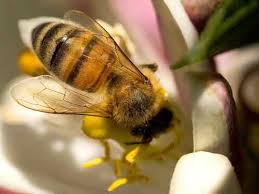
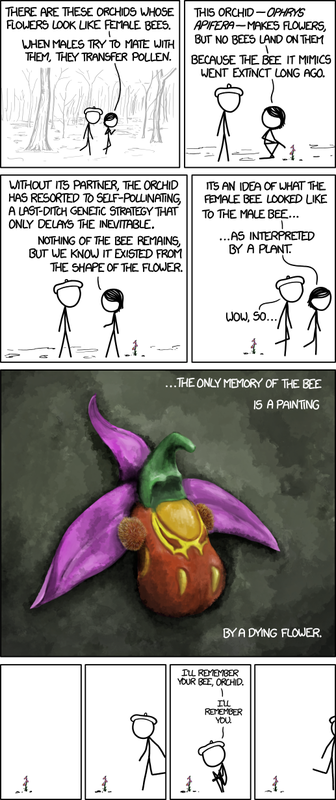
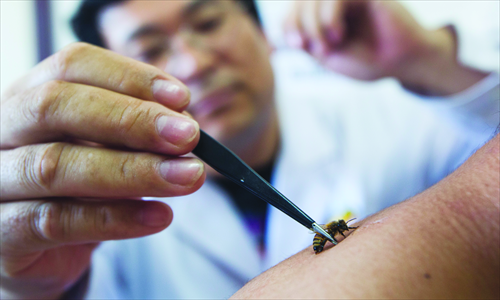
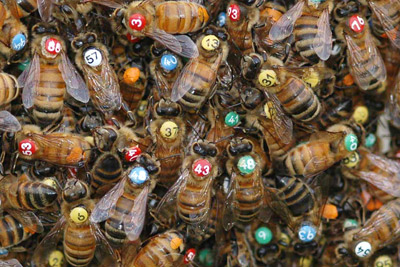
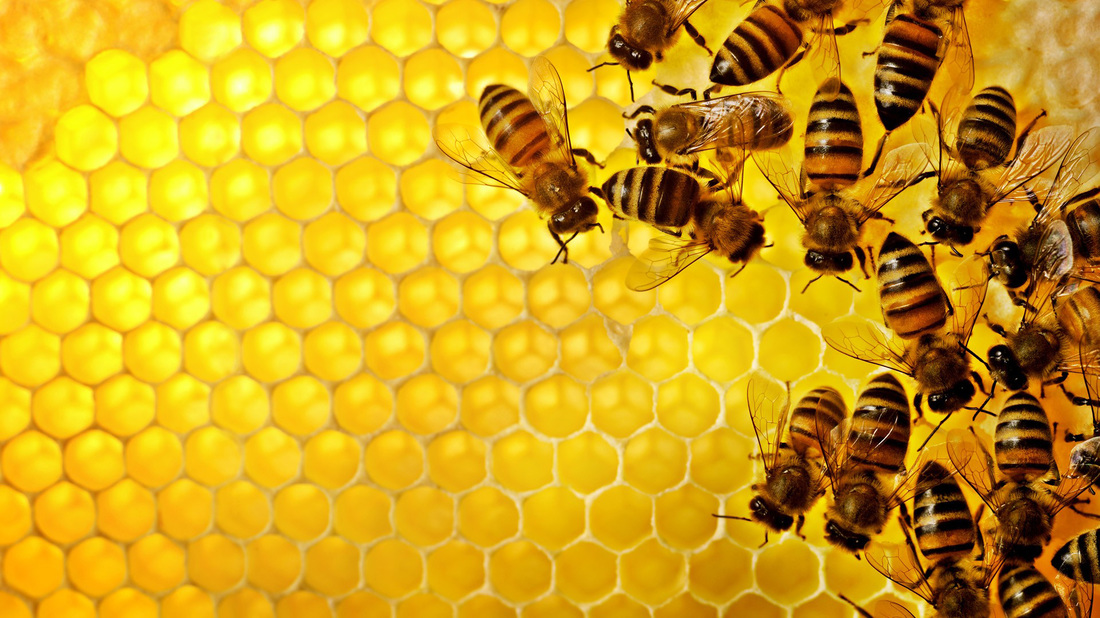
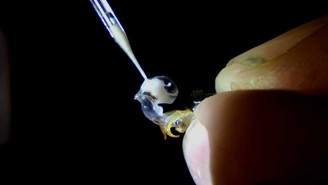
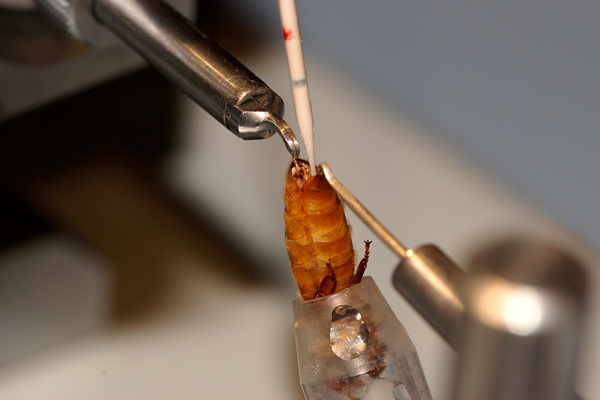
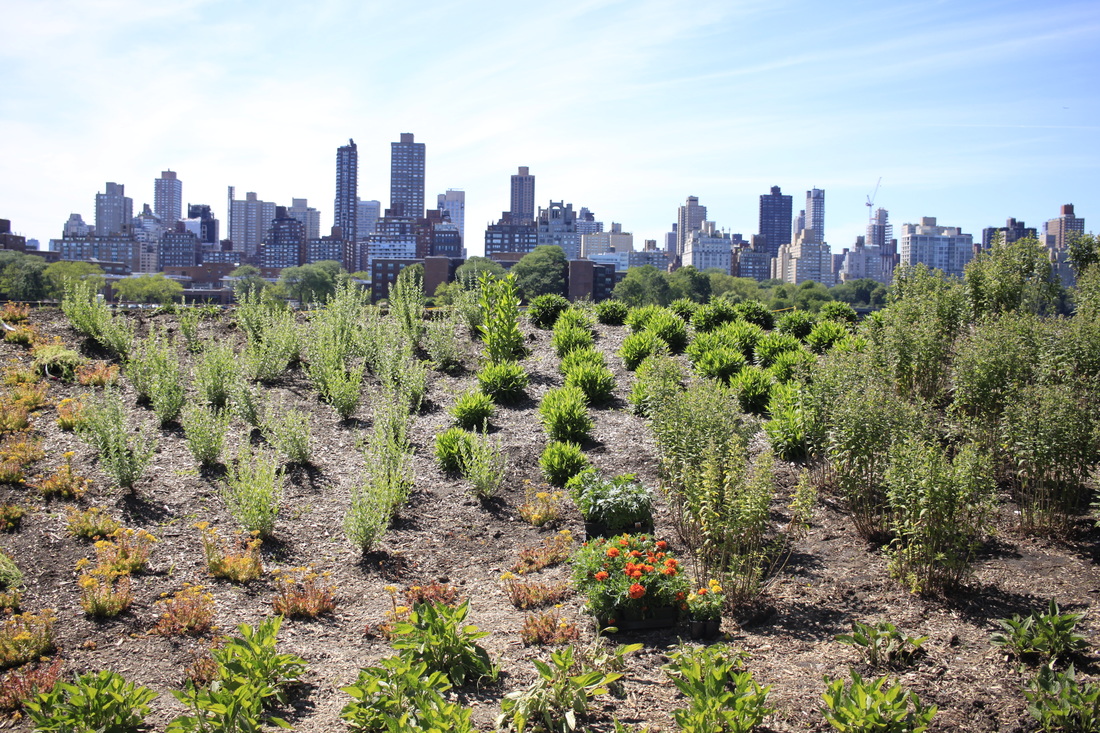
 RSS Feed
RSS Feed
